|
|
|
|
|
|
|
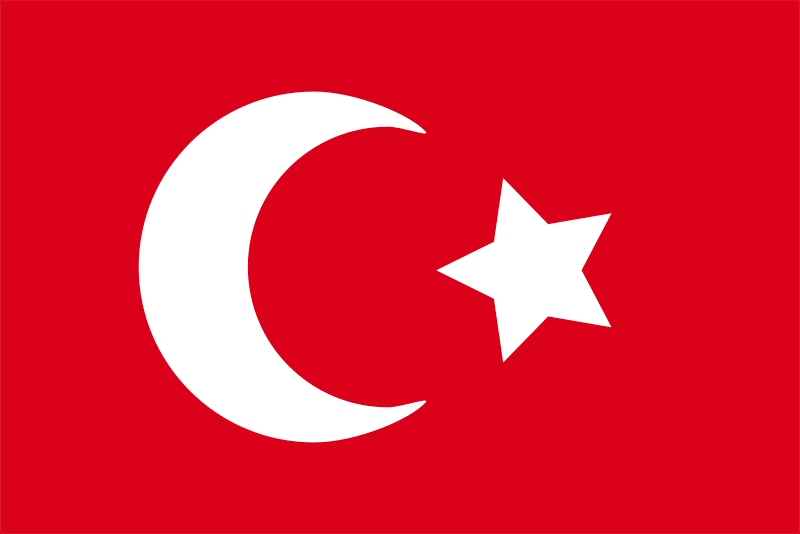 Turkey
|
7,5/30 sm. Krup seri ateşli sahra top M03 & M09 |
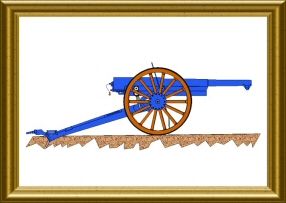 Light artillery
|
|
|
Contributor :
Charlie Clelland
Jason Miller
|
Location :
Australia
Enoggera, VIC
Army Museum
Coordinates :
Lat : -27.42490 / Long : 152.98490
|
General comments on this surviving gun :
Charlie Clelland :comments ;The Light horse societies in Australia all seem to want to claim their local Ottoman gun as being captured in Samakh/Semakh in September 1918. The Battle of Samakh ended with a charge across open ground at night to defeat an entrenched force of Turks and Germans. As a result a single artillery piece was captured. The war diary of the 11th Light Horse regiment said this gun had the serial number "2064" and AWM records say this was a 105mm howitzer and was allocated to Toowoomba in Queensland. This howitzer is believed to have been scrapped in the 1930s.
So, all the claims for 75mm Krupp guns captured at Samakh from Light Horse groups are just nonsense. I'd recommend removing references to Samakh in the Ennogera and Bandiana Guns
Identical items in the same location :
1
Items covered by this file :
1
|
|
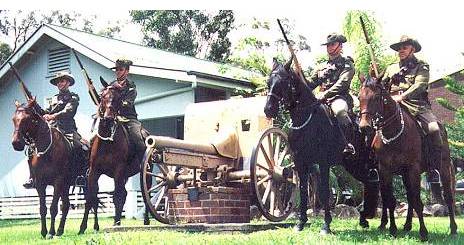
|
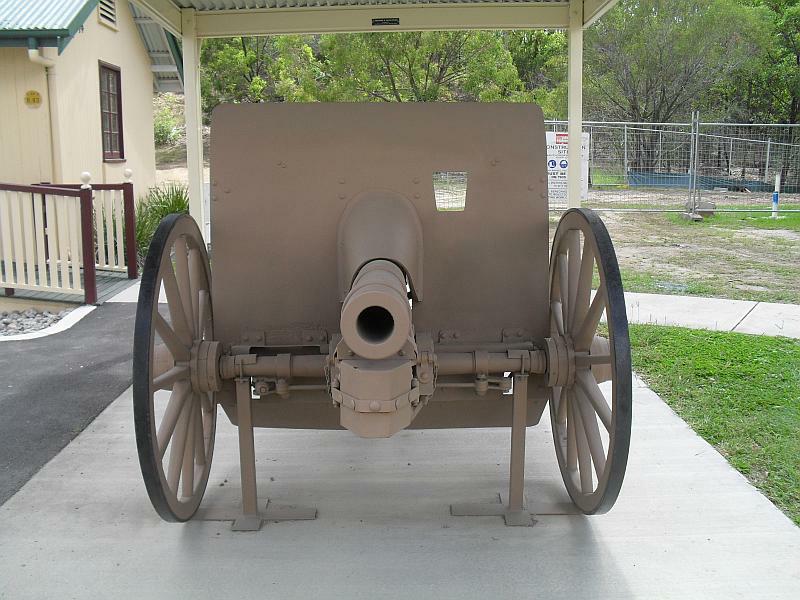
|
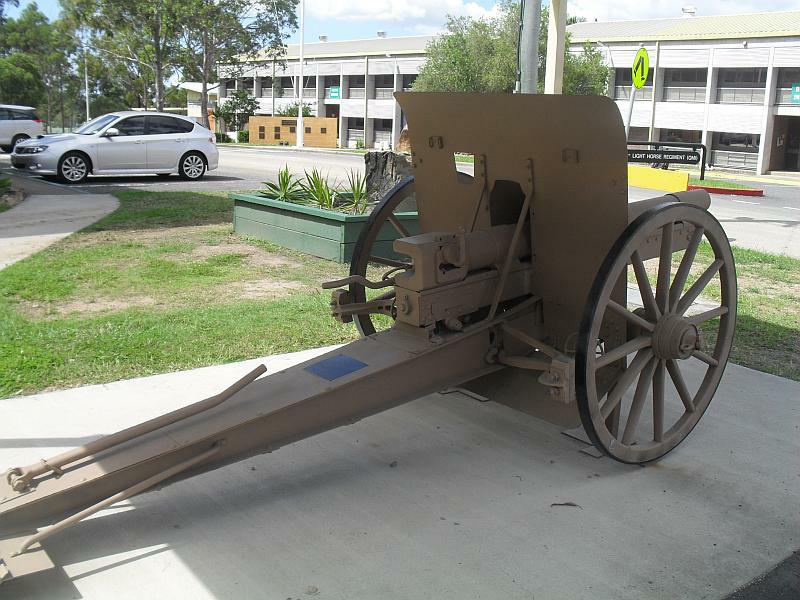
|
The museum says ths gun has been captuerd at Semakh, Syria, in 1918, by the 4th Australian Light Horse Brigade, but this is false - see comments
|
This gun lost its trail due to the Brisbane City Council moving it in the 1950s, inaccurately reconstructed in the 1980s. Currently in the Australian Army base at Enoggera.
|
Serial Nr 478, Build (Rumi) - 1322 (1906)
|
|
|
Historic and technical information
|
|
Denomination :
7.5cm FK M03 / M09
|
Origin :
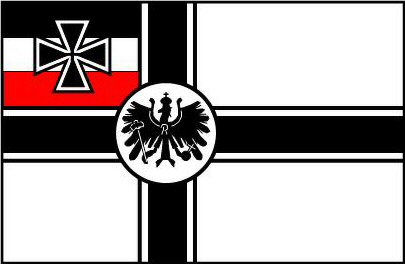 (
Krupp)
(
Krupp)
 (
Arsenaux Impériaux )
(
Arsenaux Impériaux )
|
|
Historic context :
At the beginning of the XXth century, Germany had to react urgently to the arrival of the French revolutionary 75 mm Mle 1897 fieldgun and proceed with a modernizing program for its Krupp 7.7cm FK 96 fieldguns that had become suddenly and prematurely obsolete, transforming them in modern 7.7cm FK 96 n/A by integrating RheinMetall concepts.
The first modernised guns only arrived in the 2nd Reich units in 1905. Surprisingly, Krupp did not wxait so long to integrate these new concepts in its catalogue for export : the foreign customers of the company were proposed a 75 mm quick firing fieldgun equipped with this period new technical standards in 192-1903, therefore long before the German army even own its first equivalent weapons !
Under its generic design, the export 75mm quick firing fieldgun of Krupp was equipped with a 30 calibres long barrel, a sliding block breech, a hydro-spring recoil brake / recuperation system and a protection shield. This base could be adapted to the specifications of the foreign countries with some minor customizing.
Sometimes built in association or under licence by the ordering country industries, these derivated versions equipped numerous nations such as Denmark and Sweden (75mm M02), Switzerland, Netherlands and Rumania (75mm M03), Belgium and Japan (75mm M05), Italy (75mm M06 et M11), Turkey (M03 et M09) but also China and South American nations (Brazil, Argentina). Isarël was using some second hand guns of uncertain origin (captured to Turkey in WW1 by UK, or bought to Switzerland) in the 1950's.
Several orders were delivered to Turkey, for a total around 800 field guns :
- In 1904, Turkey made an order to Krupp for the delivery of 96 guns of a variant of the 75mm M03 in partial manufacturing by the Imperial Arsenals of Istanbul.
- This initial order was completed in 1905 with an additional one of 462 guns of the same M03 model recognizable by the specific screw-actuated sliding breech.
- In 1909, a new order was given for 90 guns of a variant of the model 75mm M09 this time equipped with a conventional quick action sliding block breech.
- Another order of 88 guns of a M11 variant was delivered in 1911
- A further batch of 50 guns was delivered in 1914, probably initially for Brazil.
- Finally, a few dozen of the same type for Bulgaria were delivered in 1917 after that country's surrender
Both models were named with the same 7,5/30 sm. Krup seri ateşli sahra top. This was a good weapon, with performances close to the ones of its German cousin 7.7cm FK96 n/A.
.
Turkey lost many of its artillery weapons during the Balkan Wars (1912-1913). Some of these captured 75 mm fieldguns were then used by Bulgaria during WW1. Turkey later used captured Rumanian guns of the same model, and received from Germany some seized Brazilian 75mm fieldguns as well as 7,7 FK 96 n/A and 9cm K73 fieldguns.
|
Technical data :
- Complete description : 7.5 cm light fieldgun M 1903 & 1909
- Design year : 1903 - 1909
- Calibre : 75.00 mm
- Weight in firing position : 990 kg (M03) / 1000 kg (M09)
- Weight for transportation : 1863 kg with limber (M03)
- Tube length in calibres : 30.00 (27 calibres for the rifled part only)
- Grooves : 28
- Projectile weight : shrapnell 6.35 kg - explosif 6 kg
- Initial speed : 500 m/s
- Fire rate :
- Range : shrapnell 5400 m - explosif 5800 m (M03) ou 5900 m (M09) porté plus tard à 8000 m (M03)
- Elevation range : -5 to +16 degrees
- Direction range : 7 degrees total range
|
Sources
|
|
|
|




